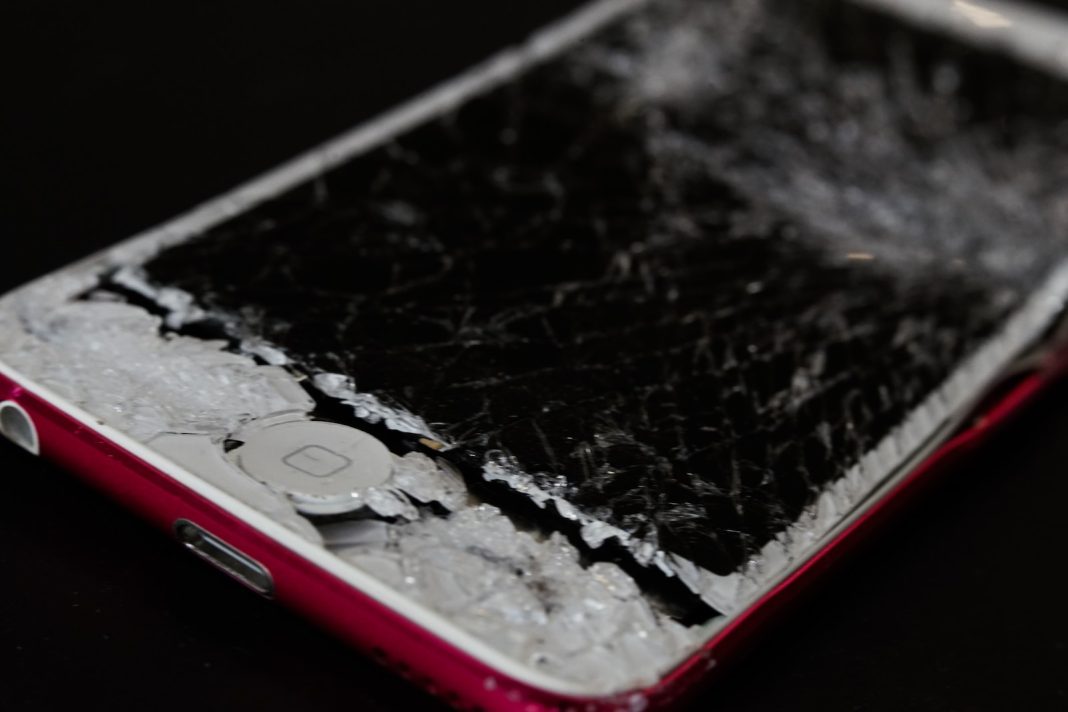In a recent study conducted in the United Kingdom, it has been revealed that an astonishing £3.1 billion has been spent over the course of the last five years on repairing or replacing broken gadgets. Mobile phones, those delicate and ubiquitous devices, topped the list as the most commonly damaged item, with a staggering 8 million of them meeting their accidental demise during this period.
The study, which surveyed 2,000 homeowners, shed light on the unfortunate fate of various digital appliances across British households. Alongside the 8 million damaged mobile phones, it was found that 5.3 million laptops and PCs, as well as 4.1 million cameras, have suffered a similar fate at the hands of their uncoordinated owners.
Water damage emerged as the leading culprit in the demise of mobile phones, accounting for 23 percent of mobile phone claims and 7 percent of laptop claims. Spills and unexpected encounters with bodies of water continue to wreak havoc on our beloved gadgets.
Kat Robinson, Head of TSB Insurance, the organization that commissioned the research, expressed her thoughts on the matter. “Now more than ever, we rely on our gadgets to navigate our daily lives. It’s unfortunate when they suddenly become incapacitated,” she said. Robinson stressed the significance of having appropriate insurance coverage, adding, “Dealing with shattered screens, fried monitors, and faulty equipment is a major inconvenience that many of us endure needlessly due to inadequate protection or lack of insurance.”
The research findings also unveiled some rather peculiar tales of gadget destruction. One unfortunate respondent had their phone devoured by a voracious horse, while another witnessed their phone slipping out of their grasp and plunging into the toilet bowl while attempting to capture a selfie in the loo.
In another instance, an overzealous football fan managed to damage their phone during a match at White Hart Lane when Gareth Bale scored the winning goal for Tottenham. Additionally, lightning proved to be a gadget’s worst enemy, as one respondent recounted the heartbreaking tale of their television being destroyed when struck by a bolt from the blue.
The study also shed light on the monetary value of the gadgets we carry with us on a daily basis, aptly dubbed “walking wealth.” On average, each person carries around £288 worth of gadgets. Astonishingly, only one in ten homeowners choose to insure their gadgets alongside their home and contents, despite the fact that the average home contains over £2,500 worth of these prized possessions.
When asked to identify their most cherished gadget, a third of respondents chose their mobile phone, while just over a quarter opted for their laptop or PC. The study also revealed that nearly a fifth of mobile users have experienced the agony of a shattered or broken screen. In the unfortunate event of such a mishap, 10 percent of individuals immediately sought assistance from their insurance provider, while 6 percent stoically powered through with a cracked display.
Surprisingly, when it comes to traveling, a mere 1 percent of those surveyed deemed it essential to have their gadgets insured abroad. However, nearly a third of respondents admitted that the uninsured gadget they had lost or damaged was related to their international adventures.
Kat Robinson emphasized the importance of having a flexible insurance policy that suits individual needs, stating, “When it comes to insurance, having a flexible policy that works for you can really reduce the hassle should you ever need to make a claim. Whether you want to protect your home, its contents, or your latest tech gadget, it’s crucial to select insurance coverage that adapts to your requirements.”
Earlier this year, TSB introduced a new and adaptable home insurance called Pick and Protect, enabling homeowners to pay for the coverage they specifically need, when they need it. This innovative solution aims to eliminate unnecessary or overlapping coverage. TSB’s Pick and Protect empowers homeowners by allowing them to customize their insurance, and should they wish to modify their coverage later on, there are no administrative fees for making adjustments to suit their evolving needs.


